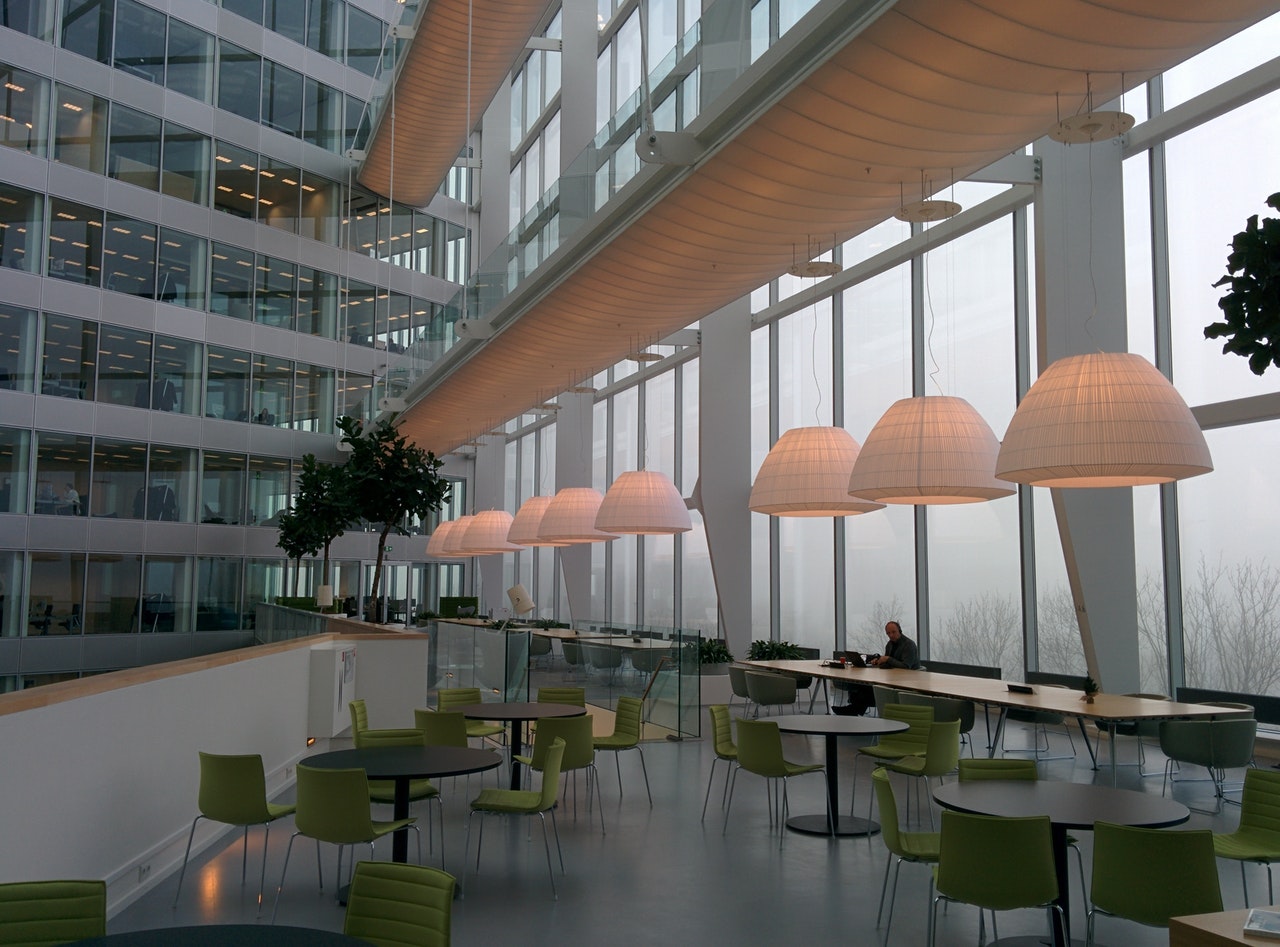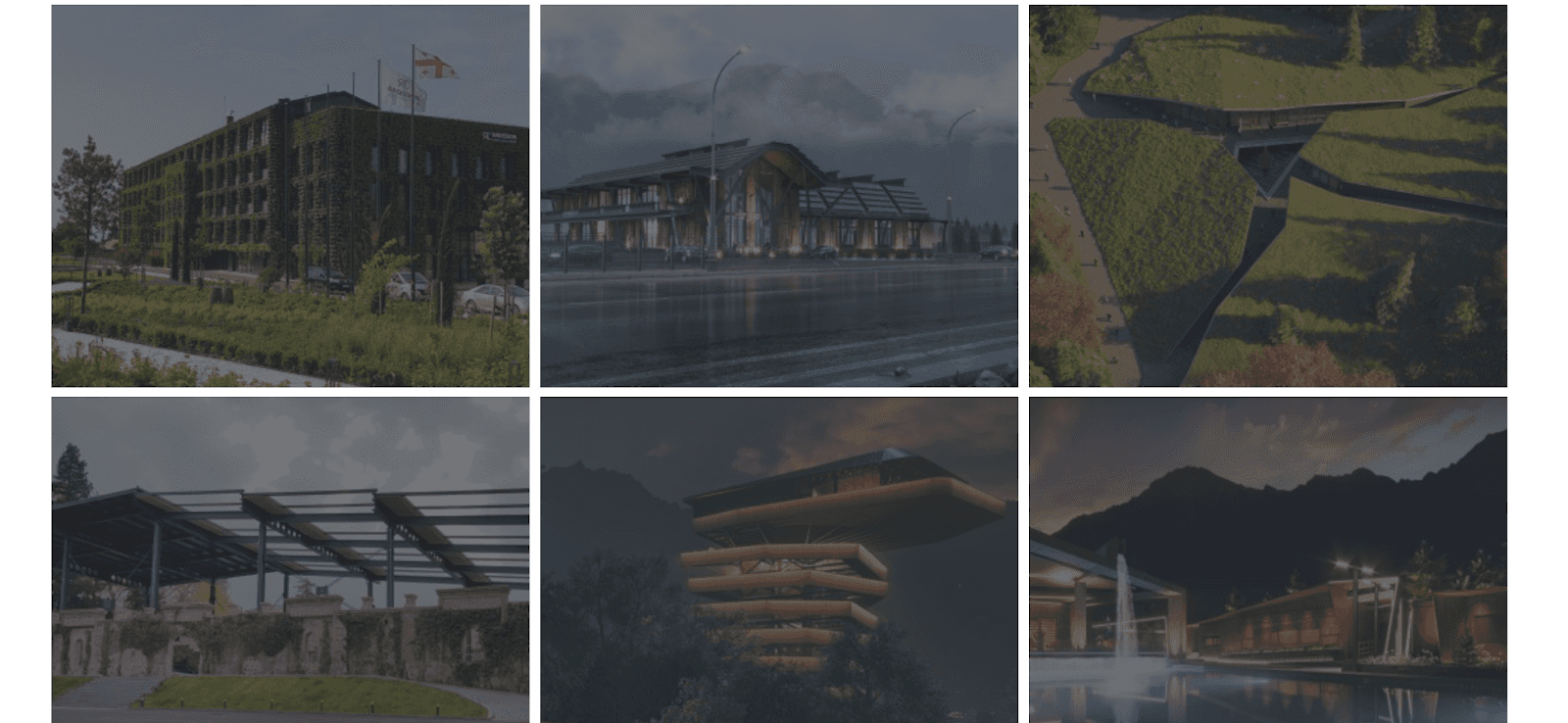Blog
Article

Dec 20, 2021
Scottie Elliott
Biophilic design is a trend that’s becoming increasingly important as the world continues to transform into a “concrete jungle.” While urbanization has its benefits, it often leaves the human soul longing for the soothing salve of nature. And this is the goal of biophilic design.
To say that humans need nature may be obvious and over-simplified, but it’s also something that we may not connect to design. We’ve been taught to design for beauty and function, and picked up the importance of sustainability along the way. However, how many of us have considered designing for our intrinsic connection to nature?
A relatively recent push toward biophilic design seeks to emphasize the role that nature plays in interior design. In this article, let’s explore what biophilic design is and how it affects human biology.
What is Biophilic Design?
Biophilia is a hypothesis first introduced by psychologist Erich Fromm in 1964 and then re-introduced by biologist Edward O. Wilson. It’s defined as the human instinct and impulse to connect with nature and other forms of life.
When it comes to interiors, biophilic design incorporates natural elements as much as possible, including adding indoor plants, incorporating water features, and framing the view of nature. Examples of this may be found in indoor reflection pools, fountains, fish ponds, and water walls. You can also see nods to biophilic design in skylights, floor-to-ceiling windows, or even oversized photographs of nature.
Biophilic design plays on the relationship between light and shadow. It uses wood, stone, plants, and other natural elements. It shies away from straight lines and favors shapes that would be found in nature. Biophilic design erases the barrier between humans and nature and tries to do so in creative and sustainable ways.
What are the Benefits of Biophilic Design?

One of the many lessons we learned from the pandemic is how important nature truly is to us. Think back to those days in quarantine. Did you feel trapped inside of the sterile walls of your home, longing for a simple hike through nature?
Being unable to leave your home and truly connect with nature quite possibly magnified your feelings of isolation and restlessness.
And that’s just one example. Here’s another example:
Have you ever worked in an office with no windows and no one else around? No matter how spacious or well furnished, the space probably felt more prison than plush. According to the biophilic theory, humans need some connection to other life in order to feel. Being “alive” can mean a lot of things, including being creative, productive, and centered.
By incorporating biophilic design principles, you can positively impact the people who live and work within your spaces.
The natural habitat for humans is the great outdoors. For the majority of human history, humans have lived close to nature. It’s only in modern days, thanks in large part to the industrial and technological revolutions, that humans have shifted into spending the majority of their time indoors. In fact, almost everything that we do is indoors, from work to shopping to entertainment. We’re even indoors when transporting from one place to the next. This has increased the sense of disconnection that many humans experience.
Incorporating biophilic design principles promises to answer that longing that humans have for nature.
In this landmark report 14 Patterns of Biophilic Design by Terrapin Bright Green, researchers found that the 14 patterns of biophilic design can reduce stress, improve cognitive performance, and enhance emotion, mood, and preference.
Here are just a few of the notable call outs:
Visual connection with nature can lower blood pressure and heart rate, improve mental engagement, and attentiveness, and positively impact attitude and overall happiness. This is linked to lower incidence of depression, heart disease, and diabetes.
Optimized thermal and airflow variability (i.e., the subtle shift in air temperature and humidity, such as a cool breeze) can positively impact one’s ability to concentrate in a space. This is linked to enhanced productivity.
The presence of water can increase feelings of tranquility which also lowers the heart rate and blood pressure. Additionally, it aids in memory restoration, enhanced perception, and psychological responsiveness.
Researchers have also discovered that materials have a direct impact on stress levels. In particular, wood that shows its grain has been known to relax the autonomic nervous system.
In the article, Bringing the Outdoors Inside: The Benefits of Biophilia in Architecture and Interior Spaces, Dima Stouhi writes, “When it comes to functionality, wood can be applied in all types of interior spaces (offices, hotels, restaurants, and houses) and still provide the same visual and emotional connection with nature. Oftentimes, architects combine wood with greenery and an abundance of natural daylight to create a rich biophilic design palette that promotes well-being.”
Health organizations have also recognized the psychological and emotional benefits of biophilic design. As Jocelyn Stroupe reports in this study on biophilic design for Cannon Design, “Research has long shown that connections to nature can support the healing process. The most well-known champion on this topic is Roger Ulrich, whose study more than 30 years ago showed that patients recovering from gallbladder surgery healed faster when they had a view of nature.”
Other researchers have found that hospital patients with a view of nature tended to recover quicker than other patients. Stroupe continues, “One of the biggest challenges healthcare staff face is stress. There are myriad factors contributing to this challenge, but at its core, it is caused by the very reason healthcare exists — to care for people. Every day, staff are dealing with emotional, high stress and often traumatic situations involving patients. These often aren’t situations they can walk away from, so they must deal with this stress in the moment and in the workplace. This is where biophilic design can make a difference.”
A Word of Caution
Adding greenery in the form of plants or green walls is a great start. However, consider the cautionary advice Katharine Schwab gives in her article, “What is Biophilic Design, and Can It Really Make You Happier and Healthier?” She shares that simply adding plants to your indoor space is not enough to fulfill the human need for connection, and meet the mark of true biophilic design. Schwab writes, “It’s an ethos that poses interior design not merely as an aesthetic or functional discipline, but as a way to improve people’s mental and physical well-being.”
In the article, “What Is and Is Not Biophilic Design?” Stephen R. Kellert further argues, “By contrast, habitats comprised of disconnected and unrelated elements provide few benefits to its constituents and may even harm individual members. Thus, simply inserting an object of nature into a human built environment, if unrelated or at variance with other more dominant characteristics of the setting, exert little positive impact on the health and performance of the people who occupy these spaces.”
This doesn’t exclude the use of plants or water fountains or other smaller features in your spaces. However, it does suggest that you consider how to incorporate biophilic principles at the start of your design instead of as an after-thought.
Examples of Biophilic Design
For examples of biophilic design in the commercial spaces, check out Spectrum, a firm that’s committed to creating a healthier environment through sustainable practices.

Want to Learn More About Biophilic Design?
Check out our additional resources on biophilic and sustainable design here:
